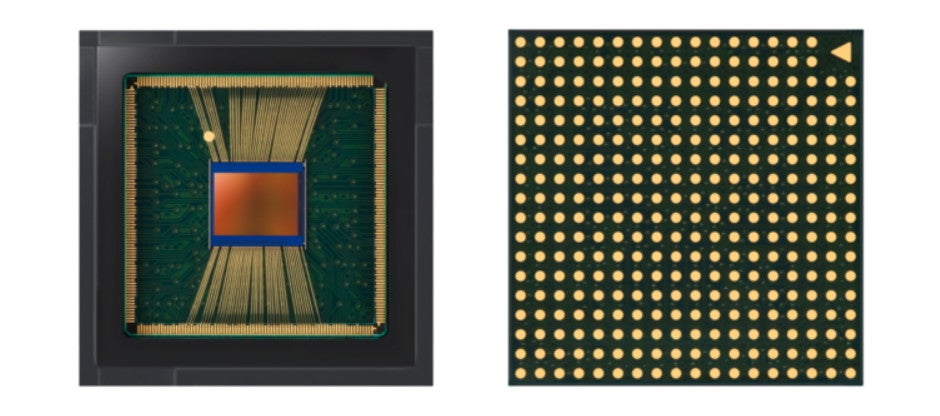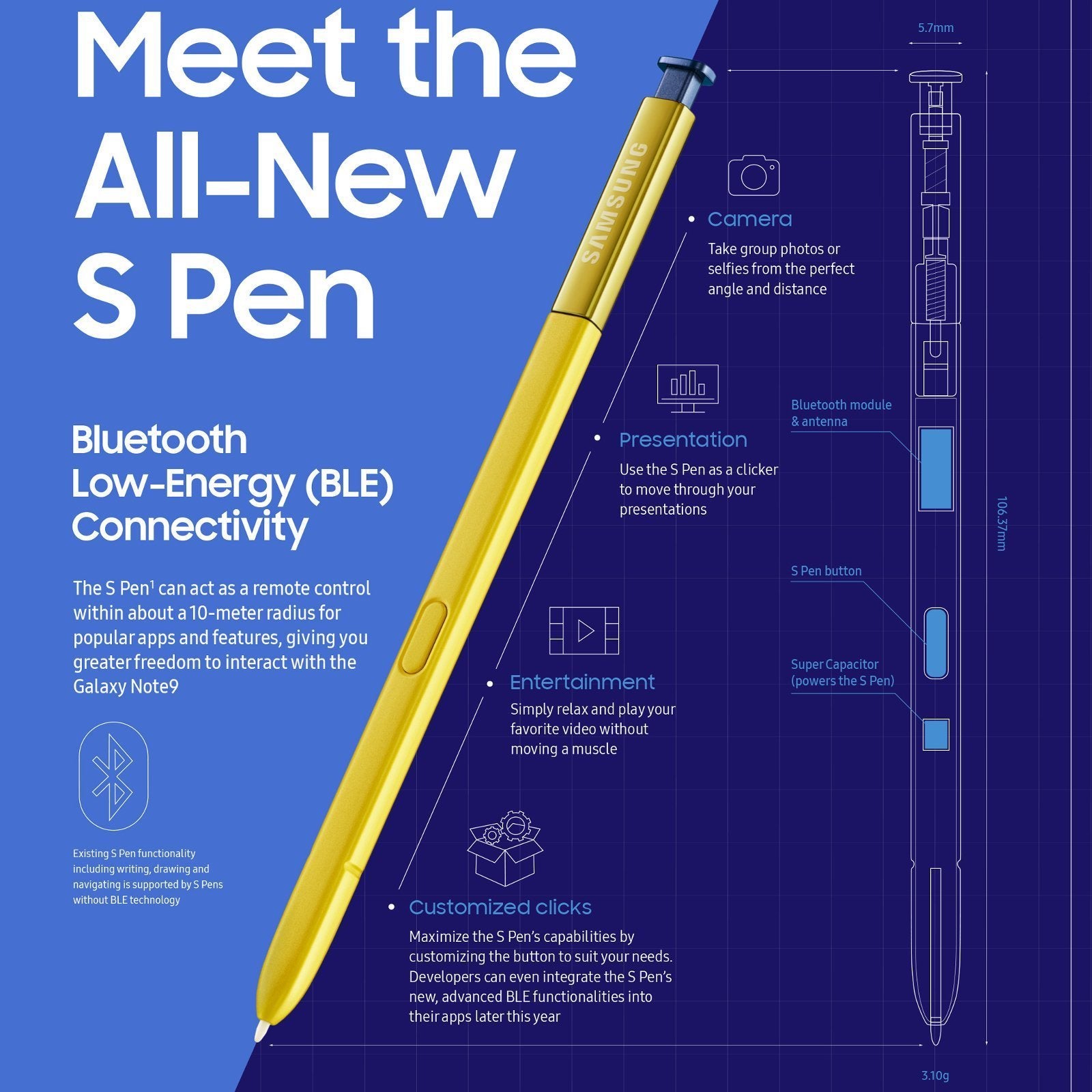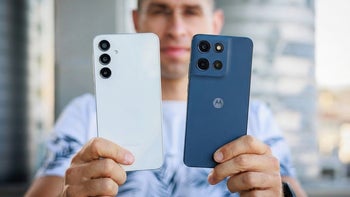A camera inside the Samsung Galaxy Note 10 S Pen makes little sense. Here's why

This is what the Galaxy Note 10 might look like, judging by leaks and rumors.
Now, we're not sure what to make of all this. We don't know if Samsung is trying to eliminate the need for a hole in the display of the next Galaxy Note phone by moving its selfie camera to the S Pen, or if this is being imagined as an additional camera with a powerful zoom lens – the kind of lens that would otherwise be too large to fit inside the phone. But in any case, having a camera in the Galaxy Note's S Pen makes little sense right now, and it isn't a possibility one should be excited about. Here's why.
The S Pen simply isn't big enough
We're not saying that Samsung is incapable of putting a camera inside a stylus. A company of Samsung's proportions is most certainly capable of putting a camera on practically any gadget. But there's a problem: the Galaxy Note S Pen isn't big enough to fit a camera that's actually good.
The connection would be problematic
But let's imagine that Samsung makes the Galaxy S10 S Pen a bit bigger and/or equips its stylus with a super-tiny camera – something based around its new ISOCELL Slim 3T2 sensor, for example. This sensor measures only 5.1 millimeters in diagonal, and even when you throw all the necessary lenses and circuitry into the equation, its camera module might still be small enough to fit inside a stylus. That would be a problem solved, right? Well, not really.

The Samsung ISOCELL Slim 3T2 measures 5.1 millimeters diagonally, which makes it the smallest image sensor in the cell phone industry right now.
The camera inside the S Pen would still have to communicate with the Note 10 somehow, most likely in a wireless fashion. The communication would have to involve not only sending visual data to the phone in real time so that you see your subject in the viewfinder, but also transferring the captured image so that it is saved in the phone's memory. Bluetooth would be too slow for the purpose. Wi-Fi Direct, which is used in modern digital cameras, may introduce latency, making the feed appear delayed. And other types of high-speed wireless communication, such as what we've seen in the Essential Phone with its 360-degree camera and in the LG V50 with its Dual Display accessory, works over very, very short distances.
But again, let's assume that Samsung has the wireless connection issue already figured out. It is 2019, after all, and advancements in technology never stop. Unfortunately, keeping the S Pen charged would still be a major challenge.
Battery life would be unacceptable
But again, let's assume that Samsung has the wireless connection issue already figured out. It is 2019, after all, and advancements in technology never stop. Unfortunately, keeping the S Pen charged would still be a major challenge.

Instead of a battery, the S Pen with the Galaxy Note 9 uses a supercapacitor. This is an energy storage device that charges rapidly and has a much longer lifespan compared to a typical lithium-ion cell. However, it can hold only a small fraction of the charge a battery of equivalent size would. Its reserve is sufficient for powering the S Pen's Bluetooth radio for 30 minutes or through 200 clicks of its button, whichever comes first, but that's far from enough energy to power a camera and a faster-than-Bluetooth wireless connection.
To have a usable camera in the S Pen, Samsung would need to use a fairly big battery instead of a supercapacitor. There simply won't be a way around this. However, a battery would recharge more slowly and would show signs of degradation in about a couple of years of use, if not sooner – not something you want in a device not meant to be serviced.
Will an S Pen camera be crazy enough to work?
At this point – and given the evidence in the patent mentioned above – it is hard to imagine a camera in the S Pen being practical. But there's still a way Samsung may be able to pull this one off. Perhaps this wouldn't be a camera you're meant to take out and wave around. Perhaps the S Pen would act as a pop-up camera and snap out in place when it is needed, while the power and data connections are handled reliably through metal pin connectors. It does sound like a crazy concept, but it just might be crazy enough to work.
Still, we think that the chances of seeing a camera in the Galaxy Note 10 S Pen are slim. We're not trying to spoil the excitement around the next big Galaxy. Rather, we want to help everyone set their Galaxy Note 10 expectations straight, because right now, technology may not have advanced enough to allow Samsung to fit a good, easy-to-use camera inside an S Pen of its current size. We hope Samsung proves us wrong this coming fall.
Follow us on Google News



![Some T-Mobile users might be paying more starting in March [UPDATED]](https://m-cdn.phonearena.com/images/article/176781-wide-two_350/Some-T-Mobile-users-might-be-paying-more-starting-in-March-UPDATED.webp)









Things that are NOT allowed:
To help keep our community safe and free from spam, we apply temporary limits to newly created accounts: